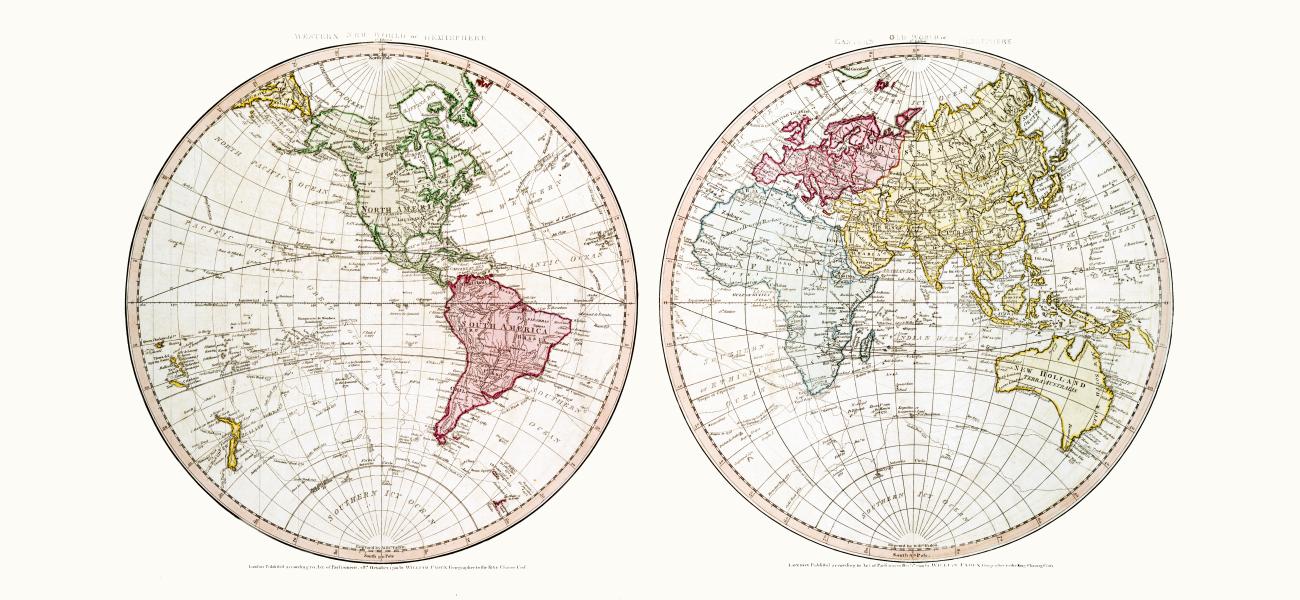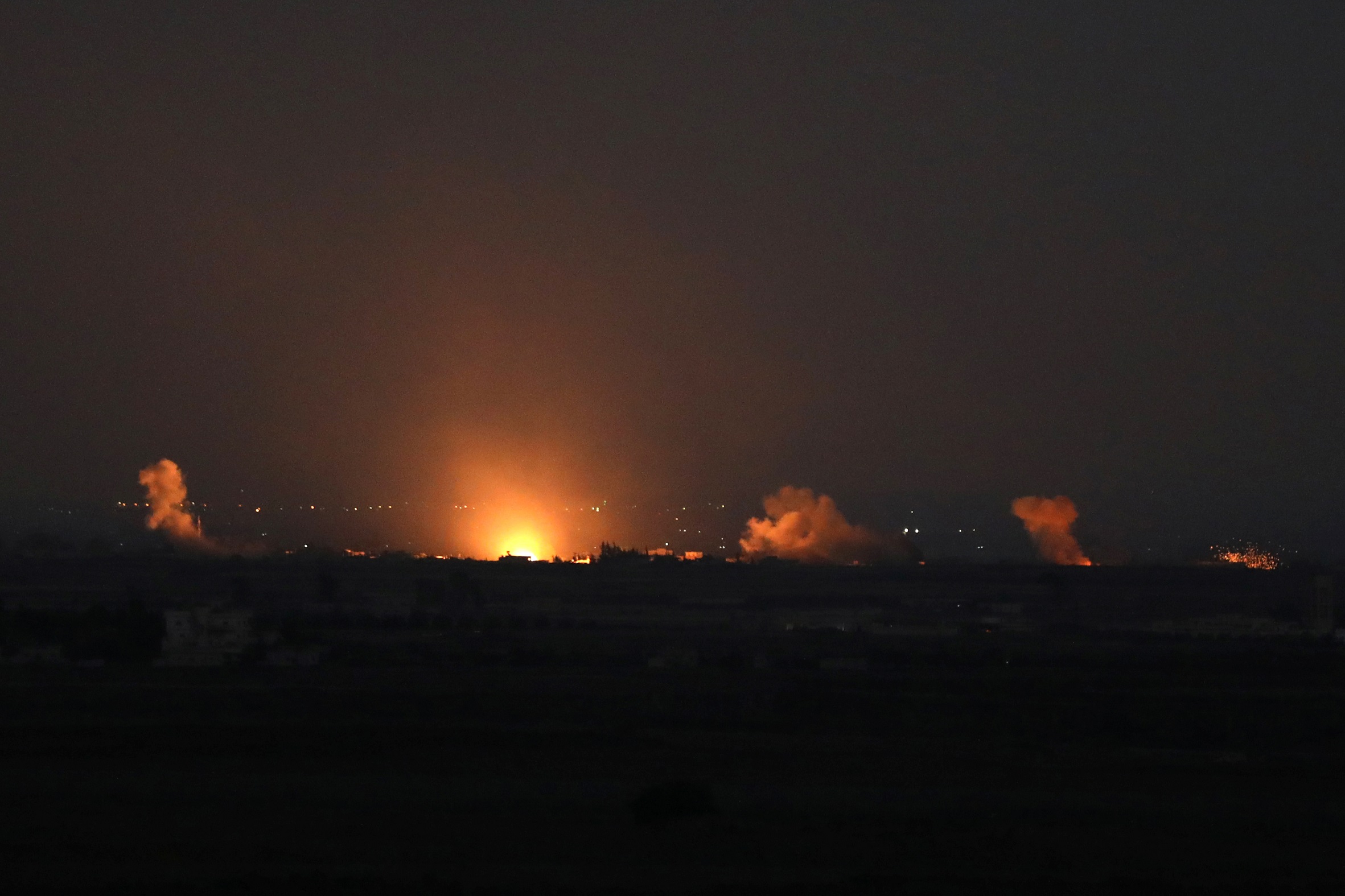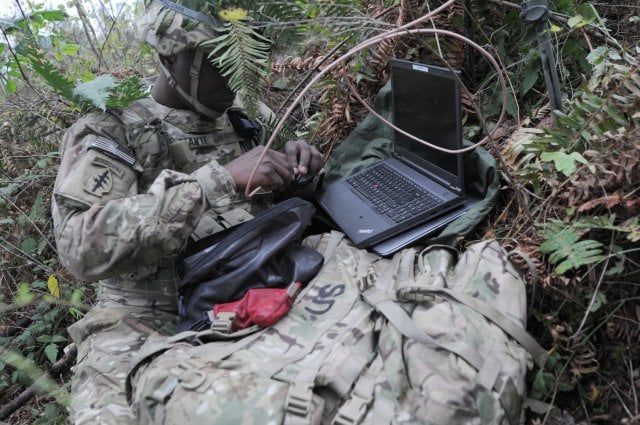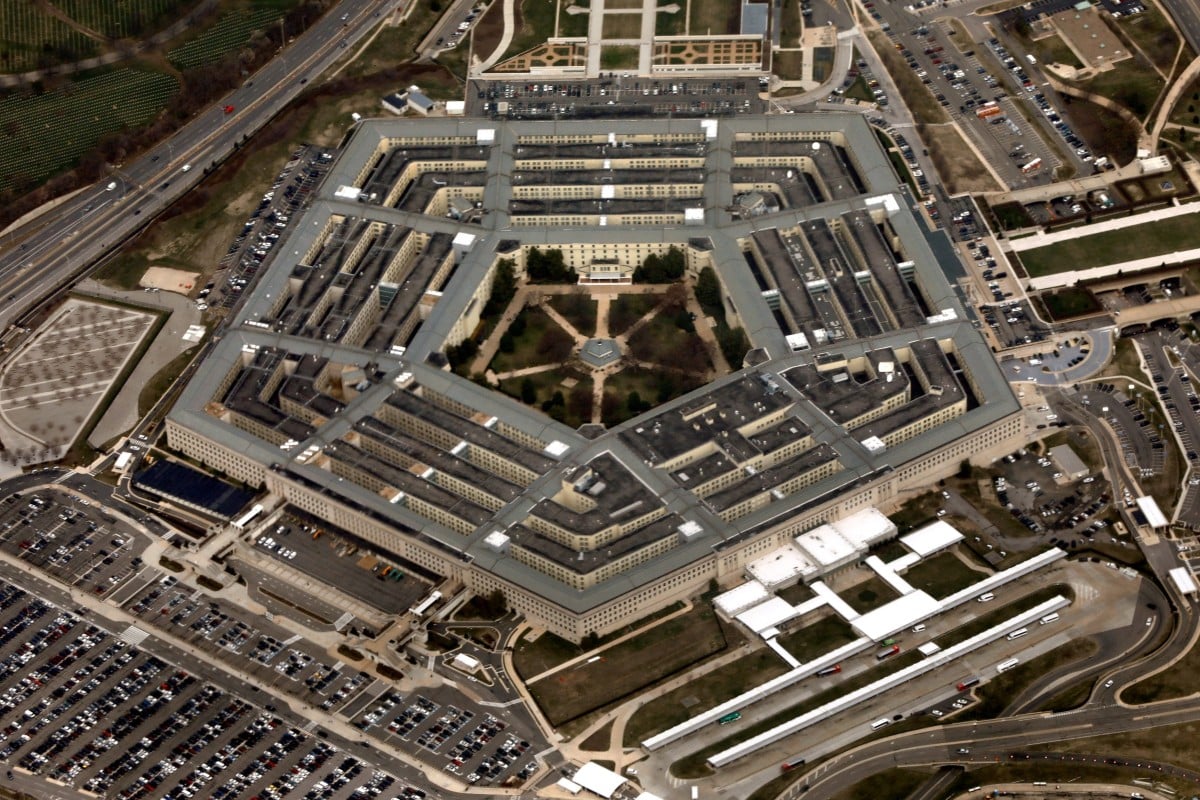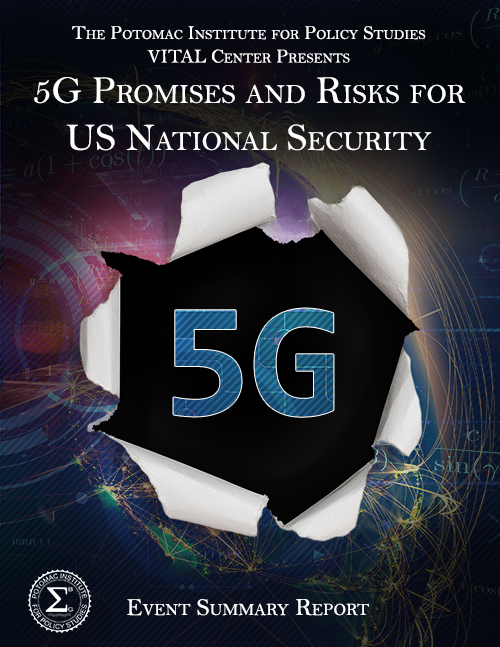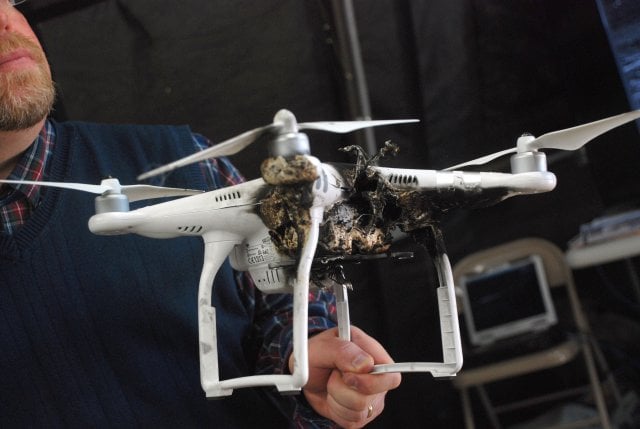On February 10, 2020, Nagaland Chief Minister Neiphiu Rio announced that the Government of India (GoI), the National Socialist Council of Nagaland-Isak Muivah (NSCN-IM), and the Working Committee of the Naga National Political Groups (NNPGs) had wound up “the talks and are now working out the competencies to ink a solution to the Naga issue.” Adding a note of caution, CM Neiphiu Rio clarified that “nowhere has it been mentioned that the peace process has concluded. Only the talks have concluded on a positive note, which signifies that the negotiating parties have arrived at meeting points on the various topics of the negotiations”.
The NNPGs comprise of seven Naga militant groups: the NSCN–Neokpao-Kitovi (NSCN-NK), NSCN-Reformation faction (NSCN-R), Khango Konyak faction of NSCN-Khaplang (NSCN-K) and four factions of the Naga National Council (NNC) – Federal Government of Nagaland (FGN), NNC-Parent Body, Non-Accordist faction of NNC/National People's Government of Nagaland (NPGN/NNC-NA), and Government Democratic Republic of Nagaland /NNC-NA (GDRN). The NNPGs were included in talks with GoI under an effort to widen the peace talks on September 27, 2017.




